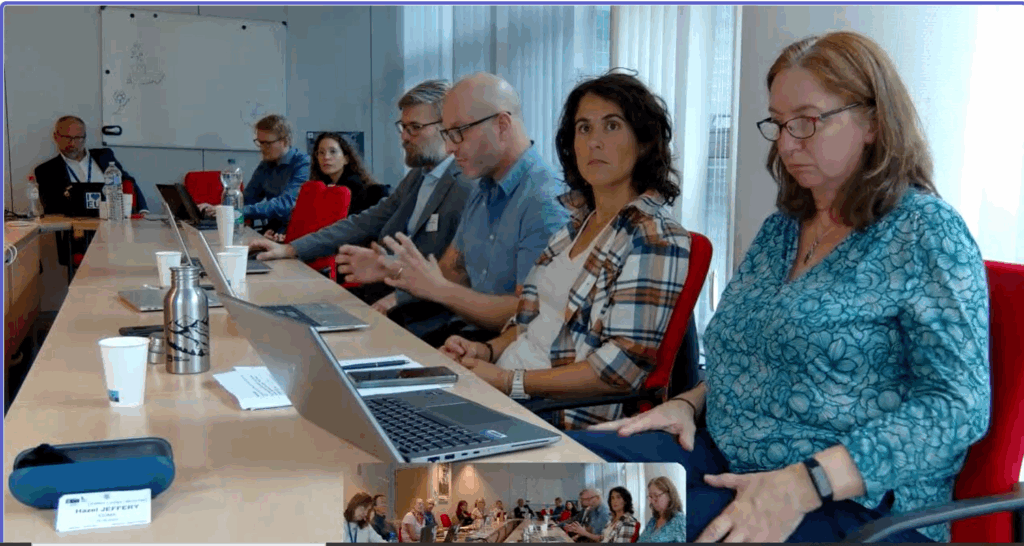
Climate research provides the scientific foundation of the European Union’s climate policies, including the ambitious European Green Deal, which aims to make Europe climate-neutral by 2050. Scientific insights guide legislation, targets, and strategies to reduce greenhouse gas emissions, adapt to climate impacts, and promote long-term sustainability.
As climate change accelerates—with more frequent extreme events and rising global temperatures—it is essential that EU-funded research projects continue to engage stakeholders and communicate their findings effectively. This ensures that policy decisions are grounded in the latest science.
In a recent collaborative effort, six EU-funded climate and Earth system modelling projects—ESM2025, OptimESM, TipESM, ClimTip, RESCUE and NextGEMS —came together for a clustered science-to-policy meeting with the European Commission, including representatives from DG RTD and DG CLIMA. Given their shared focus on climate and Earth system science, the projects joined forces to present integrated, policy-relevant insights.
The meeting, held in Brussels at the DG RTD offices and streamed in hybrid format to maximise participation, focused on co-designing the agenda with stakeholders to ensure relevance and impact. Key topics included:
- Updates on IPCC AR7 and CMIP7 preparations, and how EU research is contributing.
- Methods to track real-world climate progress and anticipate emerging risks.
- Evaluating how mitigation efforts can lead to a peak and decline in global warming.
- Exploring whether a stable global climate also implies stable regional climates.
This collaborative approach highlights the importance of aligning scientific research with policy needs. The project cluster will soon follow up with a briefing summarising the latest climate insights.
